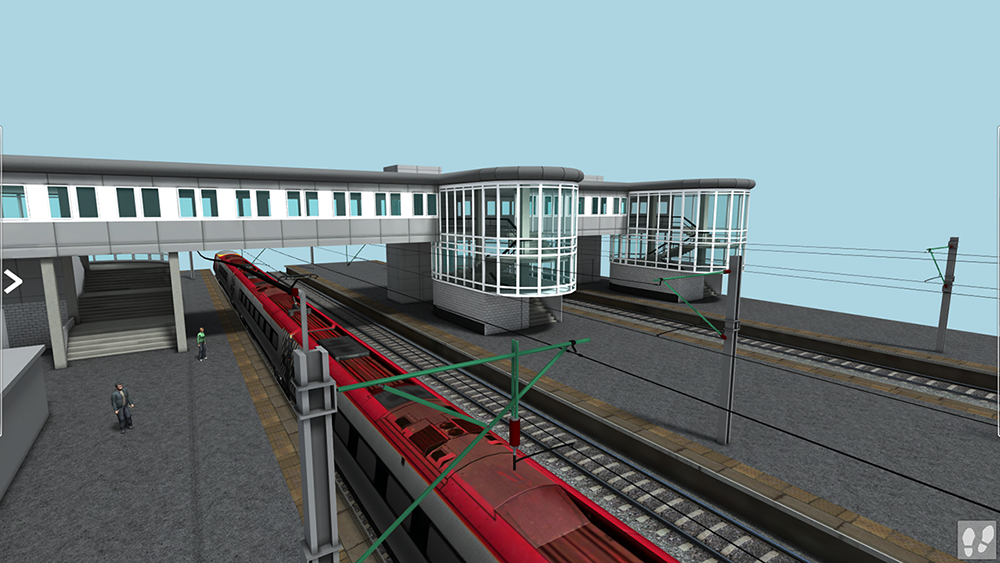An investment for BIM for infrastructure could save costs worldwide
Reaching a consensus between all the project stakeholders remains a challenge somehow

General contractors always see this friction of construction planning for immensely large infrastructure development projects and adhere to agreed cost plans. Usually what happens with large construction projects is that they are planned in advance and by the time actual construction work begins, the costs have risen, political influence has changed, local construction approval bodies have updated the policies and a number of other standards.
It has become complicated to achieve an agreement between the main project stakeholders of projects despite the stipulations done for all these during the planning phase. In the end, it all comes up with an overspending. According to Elaine Chao, Secretary of Transportation states that it is also important to learn the way we build and deliver but also the way we invest. However, Chao highlights BIM as an optimum method of investment.The BIM position in the AEC industry
Particularly for the transportation industry, infrastructure development means connecting federal government bodies, state transportation department, local transit authorities and agencies, and the professionals at the construction firm’s end. BIM provides the stakeholders with valuable insights with VDC approach to bear with cost budgets.
For taxpayers and project investors it is important to achieve a competent spending and reduction of expenses in order to get the government approvals in the bidding and tender approval phases. With BIM it is possible to handle these topics through a federated BIM model that is able to produce exact RFIs, construction documents, regulating and creating work appointments for interdisciplinary tasks and more.
The money factor of BIM
General contractors across the globe are implementing and exploring BIM services, owing to several areas of assistance that BIM offers. If we just look at the statistics for BIM implementation in the UK, their government is actively introducing policies that aim at saving up to 15% to 20% on all public construction projects. It is estimated that since 2009, when BIM was implemented for the first time, through 2015, they have saved approximately £900 million or a little around $1 Billion. (Source)
Going by aforementioned statistics, if developed economies such as the USA starts using BIM to the level at which their counterparts in the UK do, a $1 trillion dollar projects would bring the taxpayers a saving of $200 billion. This great gear shift to BIM will in fact not only bring monetary benefits but also better consultation and quality development of infrastructure that lasts for ages.
Are we ready for BIM in infrastructure? The answer is yes. Nowadays we have more information regarding how this methodology is affecting the way we build roads, bridges or tunnels. Have you the skills that a high-level position requires? With the Global BIM Management for Infraestructure Projects Certification Program, you can give your career a boost.
Become the BIM Manager that the most advanced companies in the AEC sector are looking for. Join now this Master Program and become an expert in the use of BIM in civil engineering.
Read the full article here.
Source: https://thebimhub.com/2017/10/26/investment-in-bim-infrastructure-saves-costs-level/#.Wfw6cWjWyUk













